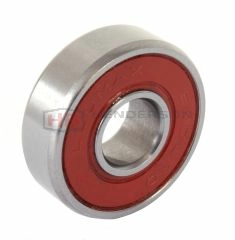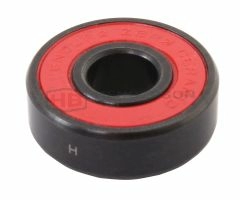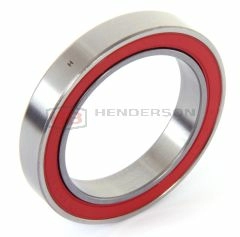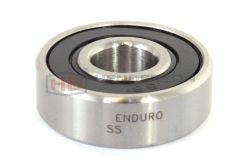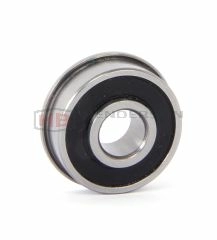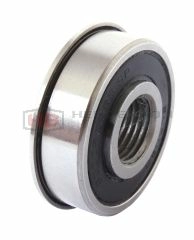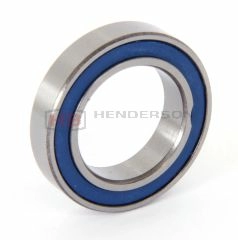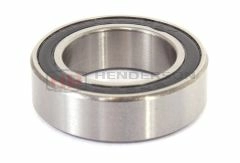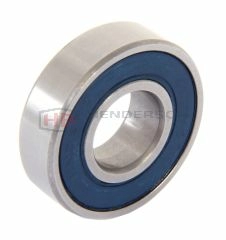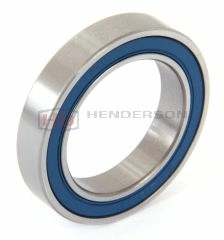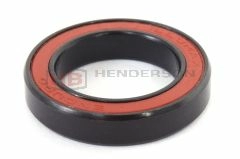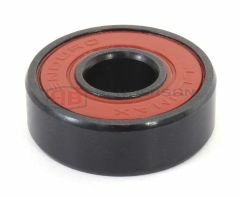BMX Bearings
BMX Bearings are integral components of BMX bicycles, designed to facilitate smooth and efficient motion in various parts of the bike.
What are BMX Bearings?
BMX Bearings play a crucial role in the performance of BMX bicycles. They are specially designed cycling bearings placed in different parts of a BMX bike, including the wheels, bottom bracket, and headset. These bearings essentially provide a smooth, low friction connection between the rotating and stationary parts of the bicycle.
BMX Bearings are commonly made with steel and are designed to withstand the severe strain of BMX biking, which often involves jumps, stunts, and off-road trips. Therefore, these cycling bearings are expected not only to be durable but also to offer excellent resistance to dust, dirt, and moisture that might find their way inside the bearing.
From precision ground sealed bearings that require limited maintenance offering continuous smooth operation, to traditional loose ball bearing systems, BMX bearings cater to a range of preferences. Whether performing tricks at the skate park or racing downhill on a dirt track, rest assured these bearings are built for the rigors of the sport, supporting efficient and uninterrupted movement.
Whatever your specific BMX requirement might be, our wide range of BMX Bearings promises consistent performance, reliable durability, and an enhanced riding experience.
What are BMX bearings and where are they used?
BMX bearings are types of bearings used in BMX bikes, which are off-road sport bicycles used for racing and stunt riding. These bearings can be found in several parts of the bike including the wheels, the bottom bracket, and the headset, ensuring smooth, efficient movement of the rotating parts.
Why are BMX bearings important?
BMX bearings are crucial for safe and efficient rides. They decrease friction between moving parts, allowing the wheels and pedals to spin with less effort. Good quality bearings can enhance the bike's performance, affecting speed, agility, and the level of control the rider has.
How do I know when it's time to replace my BMX bearings?
If your pedals become hard to turn, the bike doesn't roll smoothly, or you hear squeaking noises when you ride, it might be time to check your bearings. Physical inspection can also reveal wear and tear or rust, indicating that a replacement might be needed.
Can I replace BMX bearings on my own or should I seek professional help?
If you're comfortable working with bicycles, you may be able to replace BMX bearings yourself. However, because the efficiency of the bike greatly depends on the correct installation of the bearings, if you're unsure or inexperienced, it might be best to seek help from a professional.

